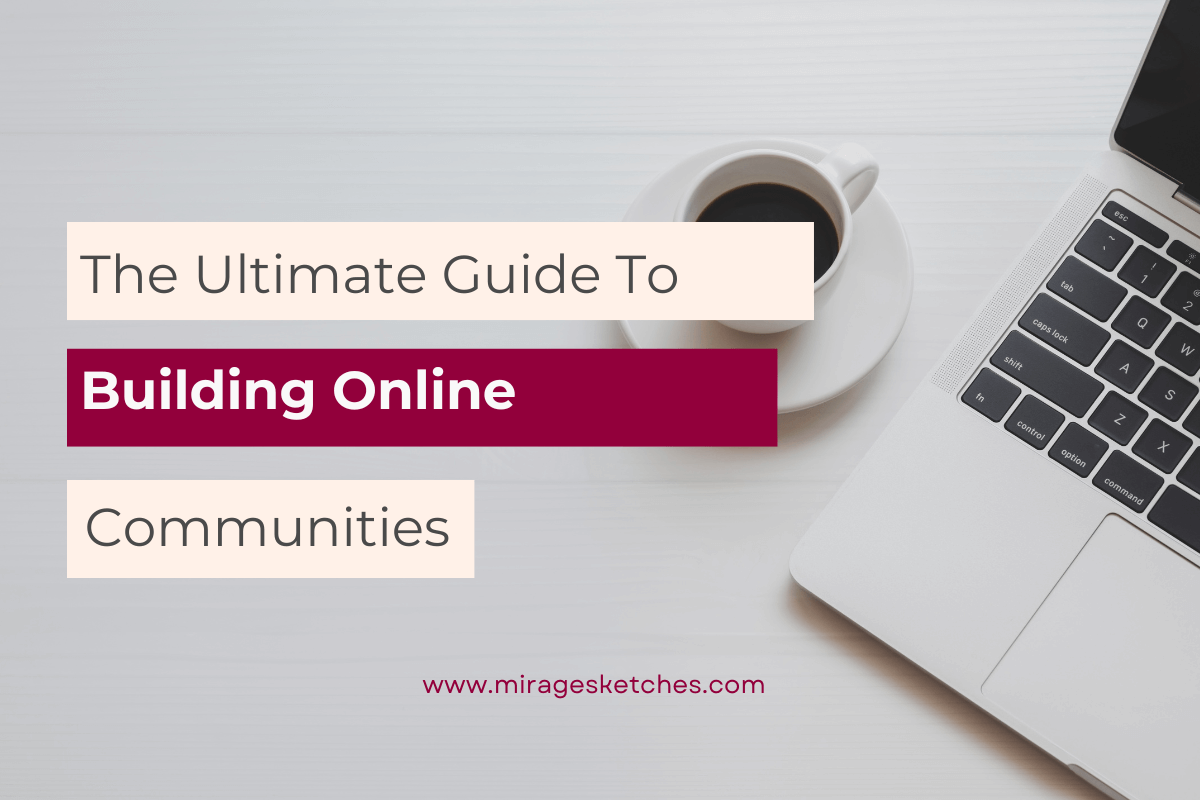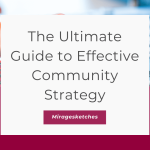Introduction
Welcome to the ultimate guide to building online communities that foster connection, engagement, and growth.
Building an online community can be rewarding whether you’re a business aiming to connect with your customers or someone looking to share experiences.
In this guide, we’ll explore what are online communities, how to create and manage them effectively, and the myriad benefits they offer.
Let’s dive in!
What are Online Communities?
Online communities are digital spaces where individuals with shared interests, goals, or characteristics gather to interact, collaborate, and support each other.
These communities transcend geographical boundaries, allowing people from diverse backgrounds to connect over shared passions.
They range from social media groups and forums to specialized platforms dedicated to specific niches.
Online Communities Examples
The internet is teeming with examples of thriving online communities.
Platforms like Reddit host an array of subreddits dedicated to topics as broad as science and as niche as vintage video games.
Specialized platforms such as GitHub unite developers, fostering collaboration on coding projects.
Social media giants like Facebook boast many groups where members discuss everything from health and fitness to cooking and travel.
Creating Online Communities that are Engaging
To create a thriving online community, define your community’s purpose and target audience.
Choose a platform that aligns with your goals—a Facebook Group, a subreddit, a dedicated forum, or a custom-built platform.
Create clear guidelines to ensure a respectful and inclusive environment.
Encourage members to introduce themselves, facilitating initial connections.
Regularly post relevant and engaging content to keep members active and enthusiastic.
Benefits of Online Communities
Online communities offer a plethora of benefits.
They provide a sense of belonging, combating isolation by connecting individuals who might never have met otherwise.
Sharing knowledge and experiences within a community allows members to learn from each other.
Communities become a hub for networking, offering opportunities for personal and professional growth.
They also serve as valuable platforms for feedback, helping businesses improve products and services based on direct user input.
Effective Ways of Managing Online Communities
Managing online communities requires dedication and strategy.
Appoint moderators or administrators to enforce community guidelines and resolve conflicts.
Foster a positive atmosphere by highlighting members’ contributions and facilitating discussions.
Regularly update members on community news and upcoming events.
Be responsive to feedback and open to adapting the community’s direction based on member needs.
Finding the Right Online Communities to Join
If you want to join online communities, start by identifying your interests.
Seek out platforms or groups aligned with those interests and participate actively.
Engage in discussions, offer insights, and make connections.
Remember that the more you contribute positively, the more value you’ll gain from the community.
Many Online Communities Celebrate and Share Life Hacks
Many online communities revolve around celebrating and sharing life hacks and experiences.
These communities are treasure troves of practical tips, tricks, and advice.
Whether it’s a subreddit dedicated to DIY home improvements or a Facebook Group focused on eco-friendly living, these communities thrive on members’ collective wisdom.
Fostering a Culture of Collaboration
One of the key ingredients in a thriving online community is fostering a culture of collaboration.
Encourage members to share their expertise, experiences, and ideas openly.
Create spaces where members can seek advice, ask questions, and offer solutions.
Promoting mutual support and contribution attracts active and engaged members who see the community as a valuable resource.
Utilizing Visual Content
Incorporating visual content can significantly enhance the appeal and engagement of your online community.
Use images, videos, and infographics to break up text-heavy posts and convey information effectively.
Visuals will more likely capture members’ attention and encourage them to interact with your content.
For instance, if you’re running a fitness community, sharing workout demonstration videos or healthy recipe images can make your content more engaging and shareable.
Encouraging Member-Generated Content
Empower your community members by encouraging them to create and share their content.
This can range from personal success stories and testimonials to creative works related to the community’s theme.
By showcasing member-generated content, you highlight individual achievements and strengthen the sense of community ownership.
This approach can increase participation and a more profound sense of belonging among members.
Building Online Communities Through Challenges and Events
Organizing challenges and events is an effective way to boost engagement and foster a sense of camaraderie within your community.
Fitness communities can host monthly workout challenges while writing groups can initiate writing prompts and contests.
These activities create opportunities for members to interact, share progress, and celebrate achievements.
Events like Q&A sessions or live discussions with experts can also provide valuable educational experiences.
Dealing with Challenges
While online communities are generally positive, challenges like conflicts, spam, and low engagement can arise.
It’s essential to address conflicts promptly and impartially, ensuring that community guidelines are upheld.
Implement strong moderation practices to prevent spam and maintain a high-quality environment.
If engagement wanes, consider asking for member feedback and pivoting the community’s focus accordingly.
Embracing Diversity and Inclusion
Thriving online communities are those that prioritize diversity and inclusion.
Create an environment where people of all backgrounds, identities, and perspectives feel welcome.
Encourage members to share their unique experiences and take steps to ensure that discussions are respectful and free from discrimination.
Embracing diversity enriches the community’s content and promotes a more holistic understanding.
Sustaining Long-Term Growth
As your online community grows, focus on sustaining its long-term viability.
Continuously seek feedback from members to understand their evolving needs.
Introduce new features, topics, or formats to keep things fresh. Collaborate with other community leaders or influencers to cross-promote and broaden your reach.
Adapting to changing dynamics and staying attuned to your members’ preferences ensure that your community remains vibrant and relevant.
Conclusion
Online communities are invaluable hubs for connection, learning, and mutual support.
Whether you’re embarking on the journey to create your community or seeking to engage with existing ones, the principles outlined in this guide can help you navigate the exciting world of online community building.
Remember, behind every thriving community are individuals united by a shared passion, which fuels the vibrant discussions that define these digital spaces.
So go ahead, embrace the power of online communities, and start building connections that transcend boundaries and enrich lives.
Happy community building!





